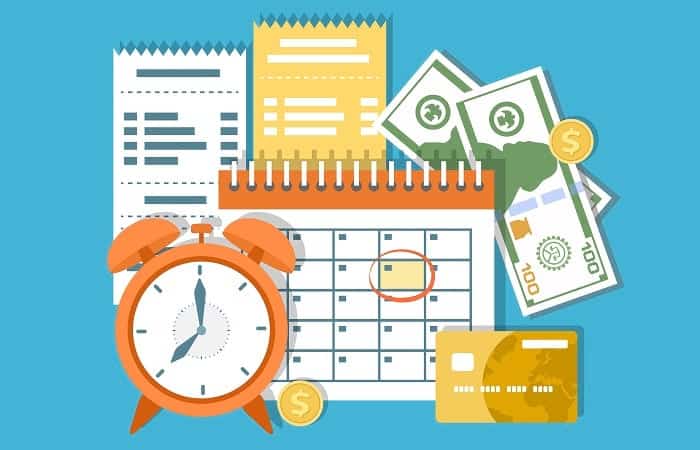Many of the decisions made concerning large purchases, utility accounts, employment, and housing involve a credit check. It is common for creditworthiness to be a deciding factor in the approval of a rental application or a new credit card account. While many things impact your credit history and credit score, tradelines are used to build credit.
Demystifying Tradelines
Few consumers have heard the word tradeline, much less know what it is and how it affects their credit. In a nutshell, any account that is listed on your credit report, whether is an installment loan or revolving account, is considered a tradeline. Despite sharing a common name, the two types of tradeline accounts are very different.
- An installment loan has a timeline of scheduled payments often with a fixed payment
- Revolving accounts are repeat lending services with payments and balances that fluctuate with usage
How an individual is able to manage these tradelines determines whether they have good or bad credit. For lending and evaluation purposes, agencies will look at a person’s credit report as an indication their credit standing. Those who have poor credit may struggle to obtain a loan and need to devise a strategy for tradeline credit repair. At Coast Tradelines, we carry a line of products that can boost floundering credit.
Understanding Credit Reports
Lenders or third-parties most commonly look at your FICO score to determine how well you have managed your tradelines. There a number of variables that impact scoring models, and there are also unique formulas that credit reporting agencies use to come up with their own calculations of your score. For the most part, there are five major factors that determine where you stand on the scoring range of below 500 up to 850.
- Payment History: This category is the largest of the factors, accounting for 35% of the scoring. By paying your tradelines on or before the monthly deadline, you avoid derogatory marks on your report that will lower your overall score. Perfect payment history across all tradelines is crucial to obtaining and maintaining a high credit score. Over time, negative marks can have a reduced impact with a good credit history that outweighs past mistakes.
- Utilization: Comprising about 30% of your total score is your utilization ratio for your tradelines. This is the ratio of how much total available credit you have weighed against how much you currently owe on all your accounts. This category evaluates both the individual tradeline usage and the total utilization of all tradelines on your report. You should strive for utilization that is below 30%, but your score goes up the lower you keep this percentage.
- Credit History: The average length of time you have kept your tradelines open makes up about 15% of your credit score. When combined with your payment history, these factors make up about 50% of your overall score. Seasoned tradelines are open for more than two years, with accounts open longer only boosting your score higher.
- Credit Mix: At approximately 10% of your score, a mix of open tradelines on your account allows creditors to evaluate how well you manage different kinds of credit. As mentioned, the two most common (and therefore important) tradelines are installment loans and revolving credit.
- New Credit: Also at about 10% of your score is new credit or inquiries that have been recently made. Scoring models will look at how many new tradelines have been established within the last six months to a year. These primary accounts may cause a slight dip in the score since they don’t offer any history or indicate what kind of payment behavior you maintain.
There are several factors that can negatively impact your credit score, and while these come from financial choices that reflect poor tradeline management, these negative credit items are not considered tradelines. Tradelines accounts that end up with a collection agency, bad debt that ends up in court, foreclosure proceedings from a lender, and bankruptcy filings are all situations that damage your credit score.
Building Your Credit
It is much easier to build credit than it is to repair credit, and the best way to achieve a high credit score is to build credit with tradelines from both categories of account types. Opening the line of credit isn’t so much the issue as it is keeping each account in good standing according to the five scoring factors. A credit card is one way to ease into building a credit history, and so long as you keep your utilization low and pay your bills on time, you are off to a good start. While those with no credit history may experience a little resistance from a lender, you can always use the credit of another, through joint accounts or being named an authorized user, to start building your history.
Choosing a Credit Partner
With Coast Tradelines, you have access to tradelines that can give your credit score a bump in the categories that need it the most. Our credit becomes your credit, giving you a more favorable credit history to use as needed for a lender or third-party application. Contact us for more information on getting started.



